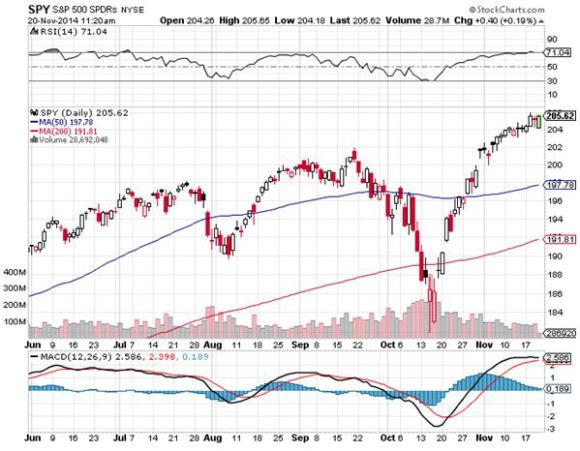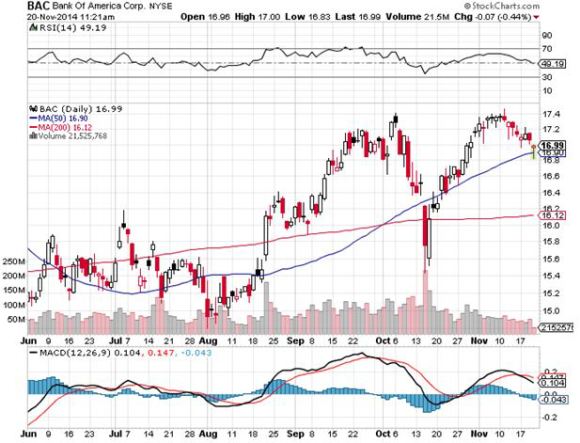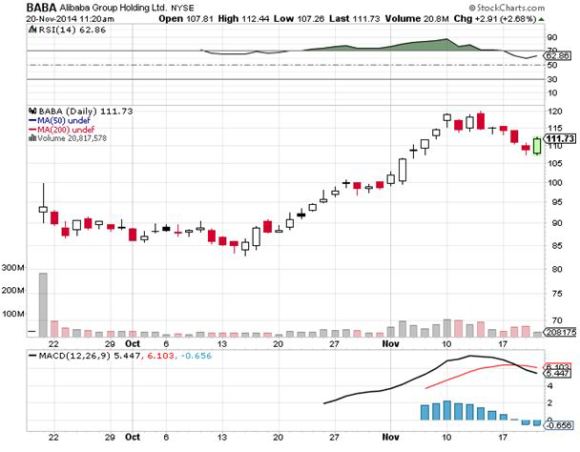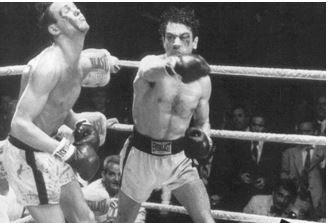The noise was as depressing as it was unmistakable. The front tire on my rental car blew out, leaving me stranded on the side of the road. The problem was that I was in the middle of nowhere in New South Wales, Australia, and it was pouring cats and dogs.
Nothing but eucalyptus trees unfolded across the vast rolling hills. I looked in the trunk. Kookaburras laughed in the foliage. There was a nice new spare, but no jack.

I picked up my iPhone 5s to call for help. There, was the message that sank a thousand ships, and ended a million relationships: ?No Service,? and no bars. Now you really can?t hear me. My traveling companion shuddered. ?They?ll never find our bodies?.
Then, the distant wail of a chain saw beckoned. Aha, I thought, all I need is a good Australian farmer to come to my aid. They?ll help anyone, even a Yank with a strange accent and decidedly foreign clothing.
Dressed for wine tasting in the Hunter Valley, I now found myself charging out across the Australian bush, up to my ankles in red mud. I was uplifted by the probability that there was at least a 95% chance that I was not walking into the home of a serial killer. Scenes from the cult film Deliverance flashed through my mind.
A frenzied, barking Rottweiler ran out to greet me. Fortunately, I passed the smell test. Minutes later I was speaking with what had to be Crocodile Dundee?s long lost half brother, complete with the broad brimmed leather hat, crocodile teeth, and a sleeveless denim jacket. It seems to be an Aussie thing.
 Meet Crocodile John Thomas
Meet Crocodile John Thomas
Not only would he lend me a jack, he insisted on driving me out to my car and changing my tire for me. Do I really look that old and infirm now? He did mention casually, ?I?m glad you made it across that field. We have lost four dogs to snakes there in the past year.? Oops, and double oops.
In the end, we took turns while discussing the current state of the dairy cow market, the price of hay (it?s higher), and the uselessness of the current government in Canberra. I drew on my vast knowledge on these topics from the summer I spend on a cattle ranch in Bassano, Alberta a half century ago.
Thus began my trip to the Antipodes, somewhat inauspiciously. However, the highpoints were to follow shortly.
The wines in the Hunter Valley were to die for. They have become a carbon copy of my own Napa Valley, complete with all the tourist rip offs. Their red Shiraz is world class, and I took names of the US distributors of the best ones. It turns out to be easier to ship military grade arms abroad than a case of wine.
 Now, Which One of These Works in Australia?
Now, Which One of These Works in Australia?
After winning the battle of Guadalcanal in 1942, my dad, along with the rest of the survivors from the First Marine Division, were dumped in Melbourne for some much needed rest and resupply. They were starving, barefoot, and in rags, but their weapons were in perfect operating condition.
The government housed them in the Melbourne Cricket Ground, and provided WWI surplus Australian Army uniforms, all in wool khaki. Dad told me when he walked down the street, families invited him in for dinner almost every night. Their men were all off fighting in North Africa.
At my Melbourne strategy luncheon 72 years later, I thanked the people of Melbourne for their hospitality on behalf of the Marine Corps and the Thomas family. Today, the MCG still stands, and a small memorial there gives tribute to the actions of these brave men, who saved Australia from invasion by the Japanese.

I never fail to stop by the fabled Sydney Opera House when I breeze through this part of the world, one of the world?s most recognizable architectural icons. Its creation is an epic in its own right. Designed by a young Dane, and union built during a period of revolving governments, planning and construction dragged on for 20 years, seemingly defying the known laws of physics and politics.
It was worth every penny.
Carmen, by Georges Bizet, dragged on, as operas tend to do. Half way through, the Toreador rode in on a horse. From then on, the entire audience wondered if, in front of 3,000 of the Sydney elite, the horse was going to take a dump on the stage. Miraculously, it didn?t.
I soon realized that my French is badly in need of repair. The translators could have used a tune up as well. Eventually I was thinking ?kill her already and get it over with.? In the end, Jos? did the evil deed. On the way out in a drenching rainstorm I saw the horse take the biggest dump I had ever seen, carefully into a trashcan in the parking lot.

During a free day in Brisbane, a former colonial outpost that is evolving into an Asian city, I chartered a Cessna Caravan and flew it up to the Great Barrier Reef. I landed it on Lady Elliot Island, a speck of coral 30 miles out into the azure blue South Pacific, careful to warn my passengers of the hard landing that was coming.
It was another one of those incredible, once in a lifetime, bucket list type trips. There, I spotted electric blue starfish, snapping moray eels, a pod of dolphins, rode the back of a giant sea turtle, and swam with giant manta rays and reef sharks. Strangely, I felt right at home with the sharks, perhaps a byproduct of my day job?
On the way home, I dipped down to a lower altitude to skim the endless pristine beaches of Queensland, scattering the kangaroos and emus (not the European Monetary Unit.)
 Piece of Cake, But Fasten Your Seatbelt
Piece of Cake, But Fasten Your Seatbelt
Given the large number of new subscribers who joined me during the trip, I will no doubt be making more frequents trips to the Land Down Under. To facilitate this, I have extended live customer support, educational resources, and order execution to take place in the Australian time zones through a tie up with a local broker. For more information please click here.
My event organizers had me on my feet up to 16 hours a day, giving speeches, doing interviews on radio and TV, recording webinars, and attending lunches, dinners, and cocktail receptions. Naturally, there was a lot of drinking. It seems to be another Aussie thing.
I even managed to squeeze in a mud wrestling session with my friend, Harry S. Dent, Jr., where we debated the future of the financial markets in front of an awed crowd (me up, him down). As you probably know, I eat this stuff up.
Thanks for all your support and encouragement, which allows me to live this incredible lifestyle. If you have any more bucket list suggestions to replace the adventure just struck off, please send them in.
John Thomas
The Mad Hedge Fund Trader






















